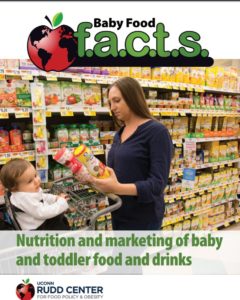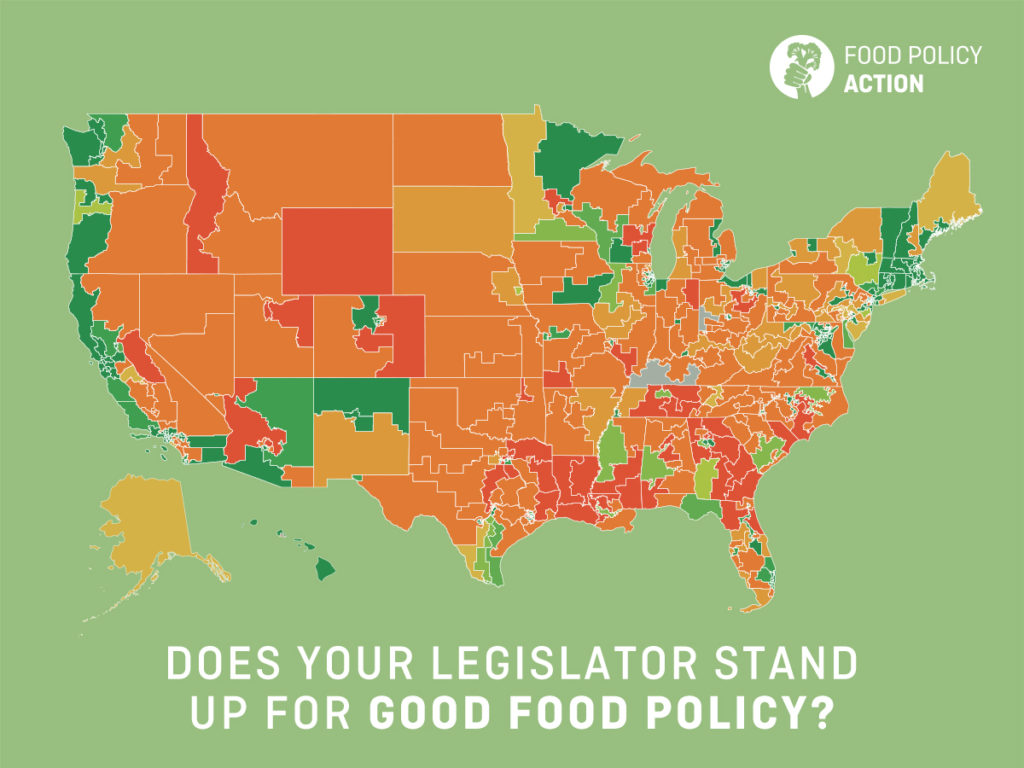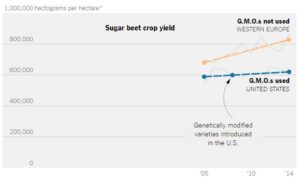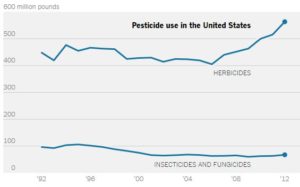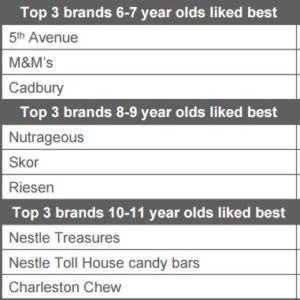As decriminalization of marijuana use proceeds steadily, I am seeing more attention focused on cannabis-infused edibles. These are now produced commercially by businesses that go well beyond brownies.
Pediatricians, as I’ve discussed previously, are worried about kids eating them.
These days:
- Edibles account for half of cannabis sales.
- Baked goods alone account for 10% of cannabis sales.
- The total cannabis market is projected to reach $27 billion this year.
But in Colorado, where such things are legal, producers are complaining that the regulatory environment is so difficult that they can’t make a profit.
According to a report in the industry newsletter, Bakery and Snacks, the profit problem was the focus of an education session at a Las Vegas conference on “The Future of Wholesale Baking with Marijuana,” conducted by two producers of infused edibles, Sweet Grass Kitchen and Love’s Oven. Their gripes:
- “Regulations are killing the business.”
- “The leftover cannabis after extraction…has to be destroyed by bakery employees on camera, and locked in a compost container and sent to a compost facility.”
- “Licensed marijuana bakers have to pay around $16,000 per month to the State of Colorado and the City of Denver for product testing conducted by a verified third-party laboratory.”
- The labeling requirements are onerous: “It’s very difficult to stamp a baked good like a chocolate chip cookie. We don’t make Oreos. This new law has forced us all to spend a lot of capital on new machines and capabilities that are way above what a non-infused bakery of our size would typically have.”
Startups are always hard. But with half of $27 billion at stake, and more and more states considering legalizing the stuff, I can see why they are hanging in there.
While we are on the topic, a new paper in JAMA reviews statistics on marijuana use in the U.S. and reports 7000 new users a day, and rising. It calls for better surveillance of how much is used, and how.
I will be watching the use and the business of edibles with much interest.





